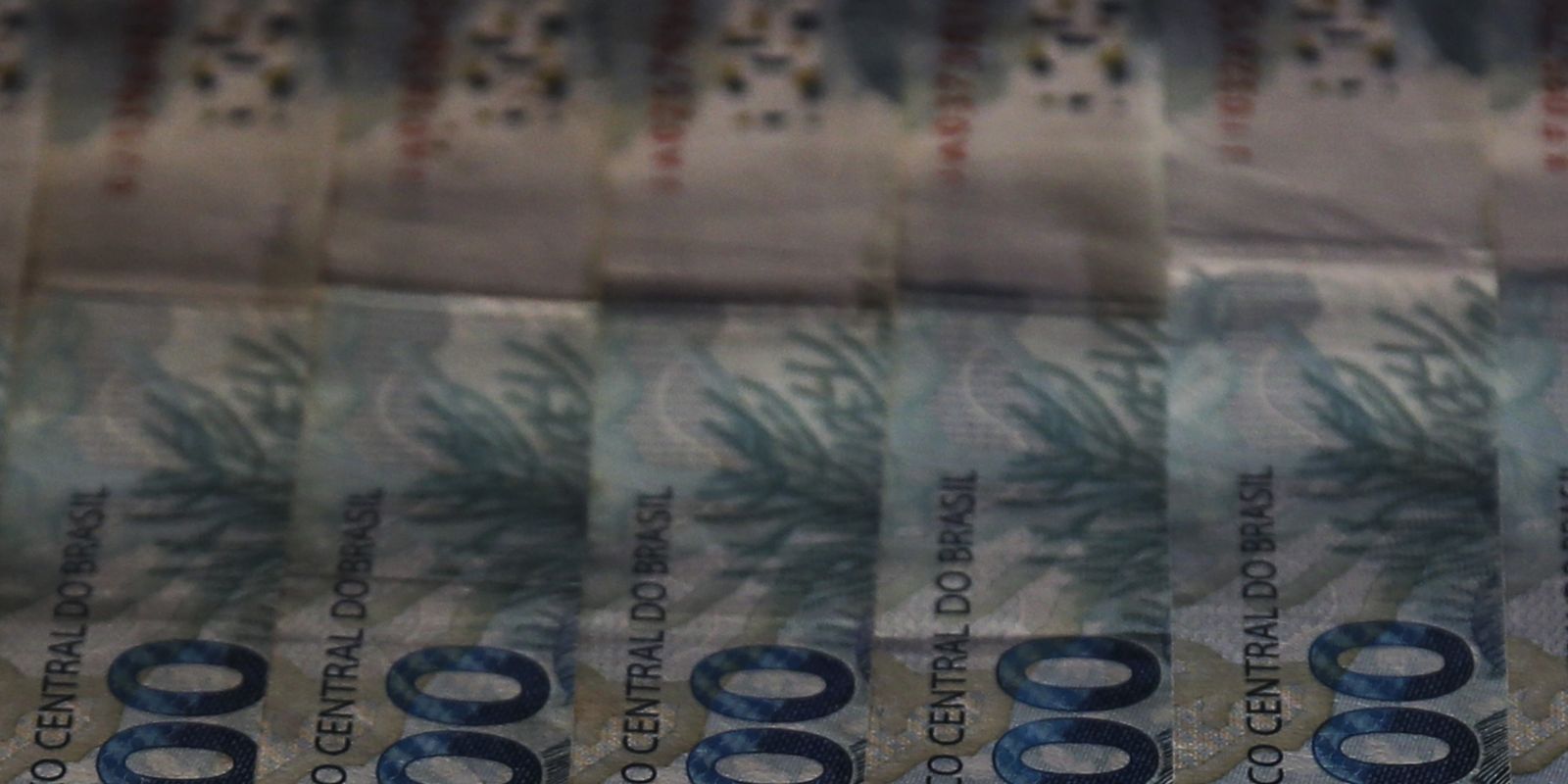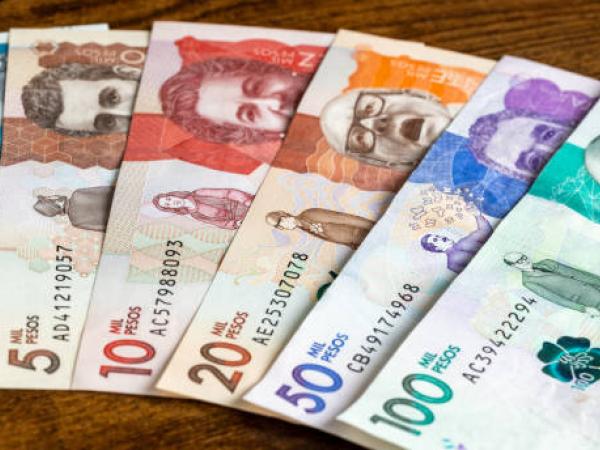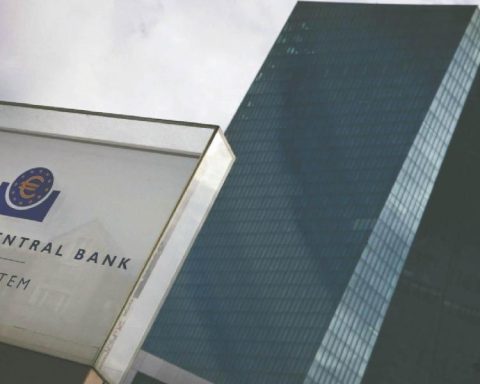Influenced by the high volume of maturities of securities linked to basic interest rates, the Federal Public Debt (DPF) fell in September and fell below R$7 trillion. According to figures released this Thursday (31) evening by the National Treasury, the DPF went from R$7.035 trillion in August to R$6.948 trillion last month, a drop of 1.25%.
Originally scheduled to be released on the 25th, the report was postponed due to the strike by National Treasury employees. The document was released on Thursday night because, according to the organization, regulations required publication by the last business day of the month.
With the fall in September, the DPF was temporarily lower than expected. According to the Annual Financing Plan (PAF), presented at the end of January and revised in September, the DPF stock should end 2024 between R$7 trillion and R$7.4 trillion.
The internal Public Securities Debt (in securities) (DPMFi) fell 1.13%, from R$6.716 trillion in August to R$6.64 trillion in September. Last month, the Treasury redeemed R$126 billion in more bonds than it issued, mainly in bonds adjusted by the Selic Rate (the economy’s basic interest rate). The debt only stopped falling because of the appropriation of R$50.03 billion in interest.
Through the appropriation of interest, the government recognizes, month by month, the correction of interest accruing on bonds and incorporates the value into the stock of public debt. With the Selic Rate (the economy’s basic interest rate) at 10.75% per year, the appropriation of interest puts pressure on government debt.
Last month, the Treasury issued R$113.35 billion in DPMFi bonds. The majority of this total (R$66.69 billion) occurred to meet the demand for securities adjusted by the Selic Rate. The issuance partially offset the high maturities of the same securities.
Last month, R$238.39 billion in securities linked to the Selic matured. With the high volume of maturities in September, redemptions totaled R$239.35 billion, slightly lower than the value recorded in August, when redemptions had reached R$270.72 billion.
In the external market, the external Federal Public Debt (DPFe) fell 3.71%, going from R$319.17 billion in August to R$307.34 billion last month. The decline was due to the maturity of Brazilian bonds circulating on the international market and the 3.68% drop in the dollar last month. The dollar began to soar in June, influenced by the delay in the start of the fall in interest rates in the United States and by the elections in the country.
Partial disclosure
Due to the strike at the National Treasury, the government did not release data on the public debt cushion (financial reserve used in times of turbulence or strong concentration of maturities) in September. The distribution of DPF holders, traditionally divided between financial institutions, pension funds, investment funds, foreign investors and other groups, was also not disclosed.
In August, according to the most recent data, the debt cushion was R$917 billion, enough to cover 7.64 months of public debt maturities. Over the next 12 months, around R$1.19 trillion of DPF is expected to mature.
Composition
Due to the maturity of securities linked to the Selic, the proportion of securities adjusted by basic interest rates fell sharply, from 46.85% in August to 45.33% in September. The PAF review predicts that the indicator will close 2024 between 44% and 47%, against a previous estimate of 40% to 44%. This type of paper attracts the interest of buyers due to the high level of the Selic Rate. The percentage may rise in the coming months due to the prospect of a rise in the economy’s basic interest rates.
The proportion of fixed-rate bonds (with yield defined at the time of issuance) rose from 22.2% in August to 23.01% in September. The new version of the PAF predicts that the indicator will close 2024 between 22% and 26%, against the previous target of 24% to 28%.
At the beginning of the year, the Treasury had launched more fixed-rate papers again. However, the return of market instability has compromised issuances, because these bonds are in lower demand at a time of economic instability and rising interest rates.
The share of inflation-adjusted bonds in the DPF also increased, from 26.43% to 27.25%. The revised PAF predicts that inflation-linked bonds will end the year between 25% and 29%, while the previous target was between 27% and 31%.
Composed of old domestic debt securities corrected in dollars and external debt, the weight of the exchange rate in public debt fell from 4.52% to 4.41%, mainly driven by the adjustment of interest rates on external debt. The public debt linked to the exchange rate is within the limits established by the PAF for the end of 2024, between 3% and 7%.
Term
The average term of the DPF increased from 4.11 to 4.18 years. The Treasury only provides the estimate in years, not months. This is the average interval it takes for the government to renew (refinance) public debt. Longer deadlines indicate greater investor confidence in the government’s ability to honor its commitments.
Through public debt, the government borrows money from investors to honor financial commitments. In exchange, it undertakes to return the resources after a few years, with some correction, which may follow the Selic rate (basic interest in the economy), inflation, the dollar or be prefixed (defined in advance).

















